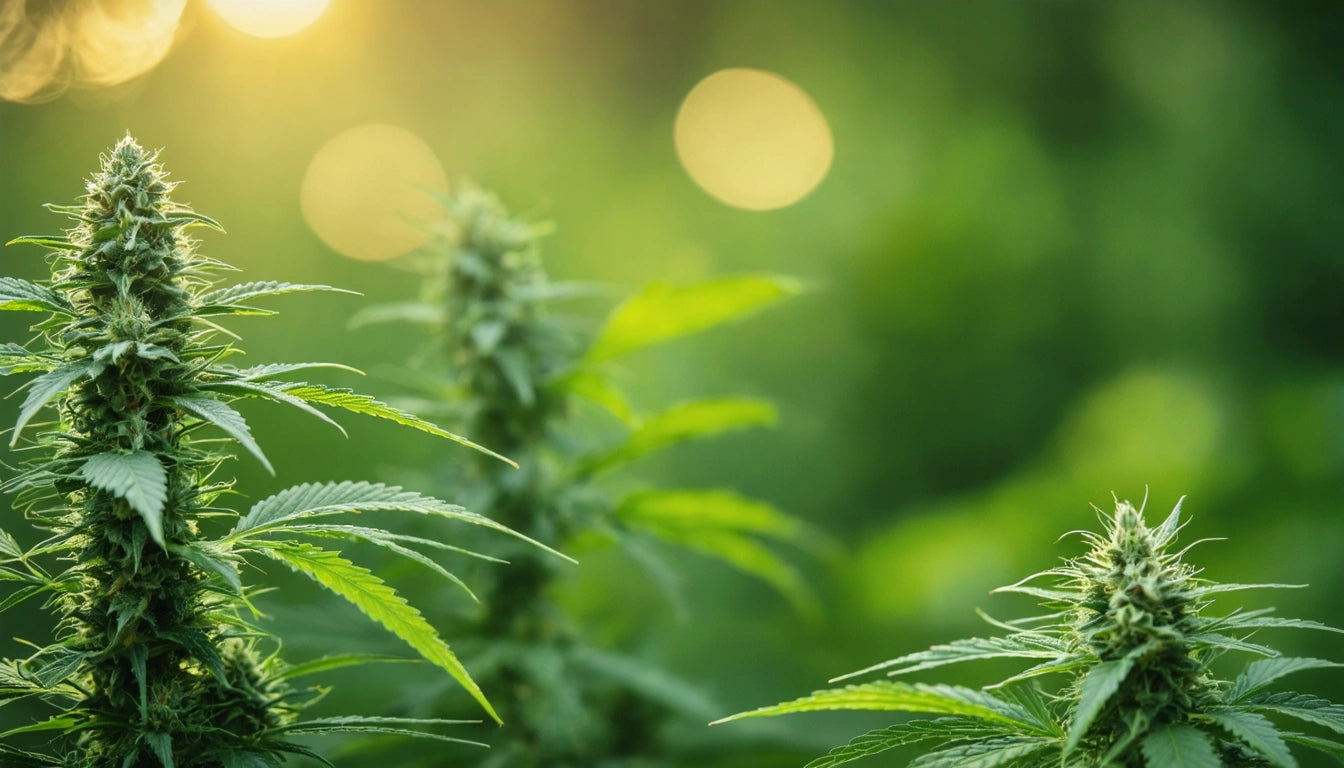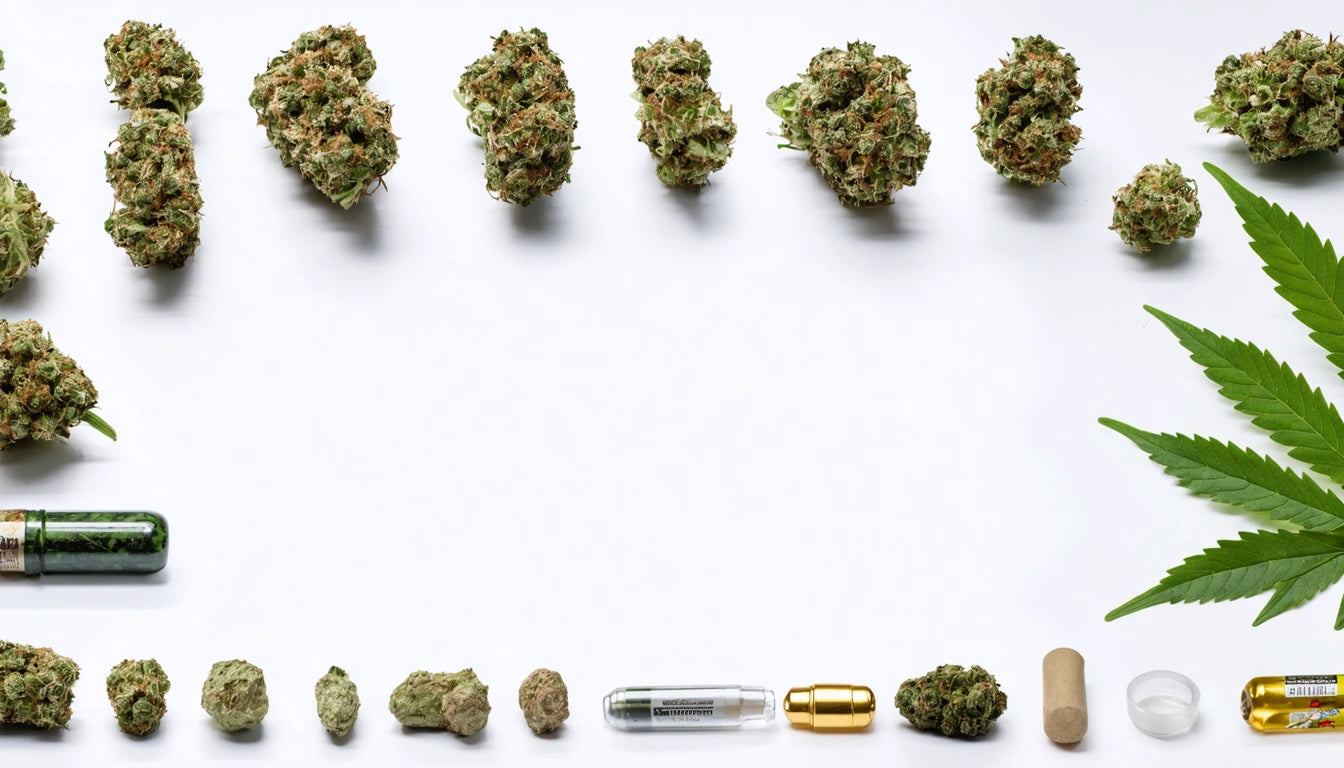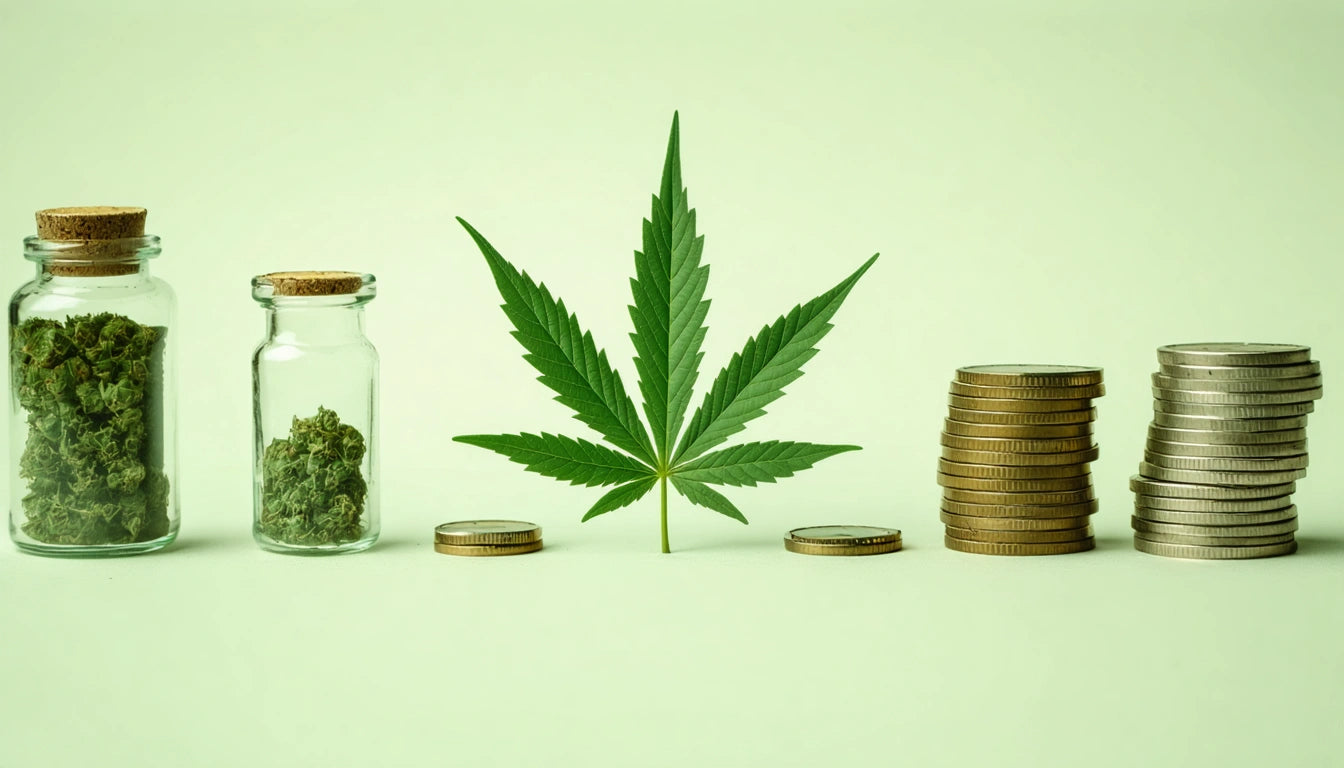Understanding Optimal and Combustion Temperatures for Cannabis Growth and Use
Temperature plays a crucial role in every stage of the cannabis lifecycle, from cultivation to consumption. Understanding the optimal temperature ranges and combustion points helps growers produce quality plants and enables consumers to enjoy cannabis products safely and effectively.
Optimal Temperature Ranges for Cannabis Plants
Cannabis plants thrive within specific temperature ranges depending on their growth stage. During the vegetative phase, plants prefer temperatures between 70-85 °F (21-29 °C) during the day and slightly cooler temperatures at night, around 65-70 °F (18-21 °C).
For the flowering stage, slightly lower temperatures are ideal. As noted in this guide on indoor growing temperatures, maintaining 65-80 °F (18-26 °C) during flowering helps promote resin production and preserve terpenes.
Heat Stress and Cannabis Cultivation
When asking what is too hot for marijuana plants, growers should know that temperatures above 85-88 °F (29-31 °C) can trigger heat stress. At these elevated temperatures, plants display several warning signs:
- Leaves curling upward at the edges ("taco-ing")
- Wilting despite adequate water
- Yellowing or browning of leaves
- Stunted growth
- Reduced terpene content
Prolonged exposure to temperatures above 90 °F (32 °C) can severely damage cannabis plants, reducing yield and potency. At extreme temperatures above 95 °F (35 °C), plants may stop growing entirely or die.
Managing High Temperatures
To prevent heat stress, growers implement various cooling strategies including proper ventilation, shade cloth for outdoor grows, and timed lighting schedules to avoid peak heat hours. This comprehensive temperature guide details additional methods for maintaining ideal growing conditions.
Combustion Temperatures for Cannabis
Understanding what temperature does weed burn at is crucial for both consumers and processors. Cannabis typically begins to combust at approximately 446 °F (230 °C). At this point, the plant material ignites and burns, creating smoke rather than vapor.
When asking at what temperature does weed burn, it's important to note that complete combustion occurs around 450-550 °F (232-288 °C). Traditional smoking methods like joints or pipes often reach temperatures of 600-900 °F (315-482 °C) during inhalation, well above the combustion threshold.
For precise temperature measurements when processing cannabis, many professionals rely on accurate digital measurement tools that can help maintain optimal temperatures and prevent combustion when not desired.
Vaporization vs. Combustion
Vaporization occurs at lower temperatures than combustion, typically between 320-446 °F (160-230 °C). This temperature range allows cannabinoids and terpenes to convert into vapor without burning the plant material.
Different compounds vaporize at different temperatures, creating distinct effects:
- CBD: Begins vaporizing around 320-356 °F (160-180 °C)
- THC: Optimal vaporization around 315-440 °F (157-227 °C)
- Terpenes: Most vaporize between 310-390 °F (154-199 °C)
This guide on optimal vaping temperatures provides detailed information on temperature settings for different compounds and desired effects.
Temperature Control for Cannabis Processing
Temperature control extends beyond growing and consumption to processing methods like drying, curing, and decarboxylation.
Drying and Curing
After harvest, cannabis should be dried in a controlled environment with temperatures between 60-70 °F (15-21 °C) and humidity levels of 45-55%. This resource on drying cannabis explains how proper temperature control preserves cannabinoids and prevents mold growth.
Decarboxylation
Decarboxylation converts THCA into active THC through controlled heating. This process typically requires temperatures between 220-245 °F (104-118 °C) for 30-45 minutes. This article on THC activation temperatures details the science behind this critical process.
For home decarboxylation, this guide to oven decarbing provides step-by-step instructions for safely activating cannabis for edibles and other products.
Temperature Management for Cannabis Quality and Safety
Temperature management throughout the cannabis lifecycle directly impacts quality, potency, and safety. From cultivation to consumption, understanding the critical temperature thresholds helps producers and consumers maximize benefits while minimizing risks.
For growers, maintaining temperatures below 85 °F prevents heat stress while encouraging optimal growth. For consumers, keeping combustion temperatures in mind helps inform consumption method choices based on health considerations and desired effects.
As cannabis science evolves, temperature control continues to be recognized as one of the most influential factors in product quality and consistency. Whether growing plants, processing extracts, or consuming products, temperature awareness remains fundamental to the cannabis experience.











Leave a comment
All comments are moderated before being published.
This site is protected by hCaptcha and the hCaptcha Privacy Policy and Terms of Service apply.